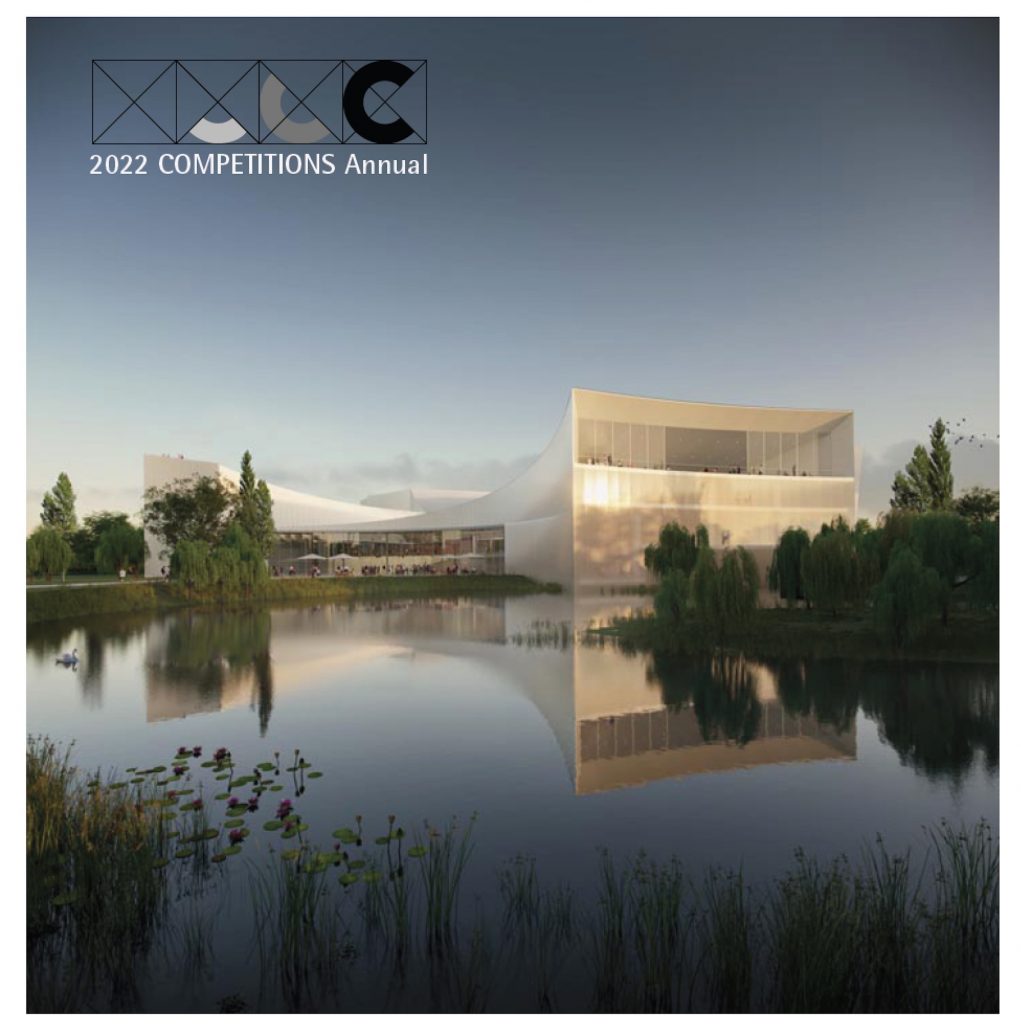Gyo Obata: How a Broad Horizon Paid Dividends 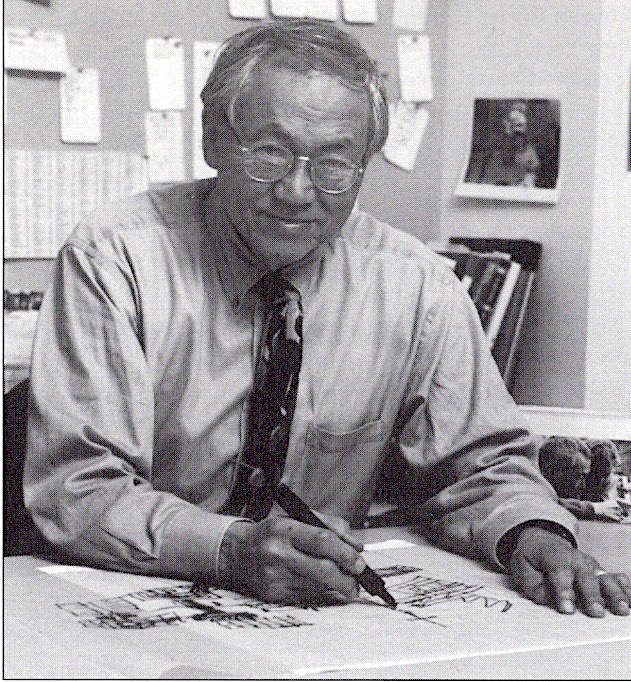
Gyo Obata Photo: courtesy HOK
If there are milestones in the world of architecture, the passing of Gyo Obata certainly marked one. Obata, along with Cesar Pelli, Richard Rogers and Helmut Jahn, belonged to a group of designers that had strong international connections, sometimes based on family histories. A second generation American born to a Japanese family that had immigrated to America, and the son of a well-known artist in California, Gyo became one of the founders of one of the most high-powered architecture and engineering firms in the World, Hellmuth, Obata & Kassabaum (HOK). 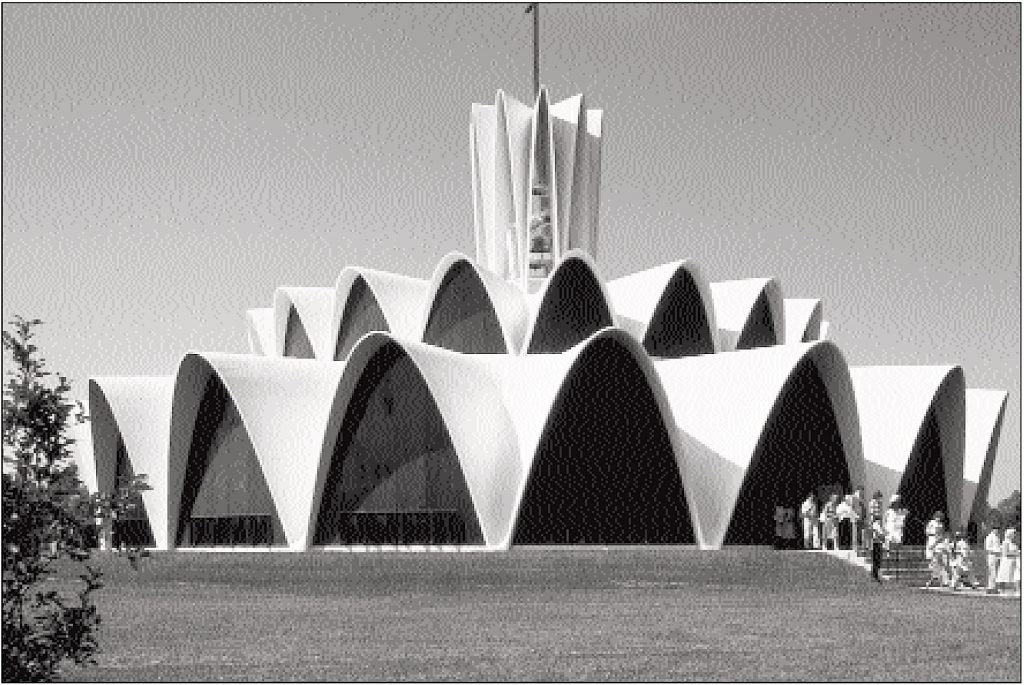
Priory Chapel, Creve Coeur, Missouri (1962) Photo: courtesy HOK
When I interviewed Gyo in St. Louis back in 1998, I found his family history almost as fascinating as what he had to say about his chosen profession. Gyo’s father, Chiura Obata, was not only an established artist, but a professor at UC Berkeley. Although one of the Japanese families was deported during WWII to an internment camp; Gyo’s father was able to arrange a way for his two sons to avoid this fate by finding a university in the rest of the U.S. that would accept a Japanese student at that time. Washington University in St. Louis turned out to be that sole possibility, and once Gyo and his brother managed to receive permission to leave California—the Chancellor of the University of California stepped in to make that possible—Gyo matriculated at Washington University. There Gyo received his B.S. in Architecture, and, after military service, received his Masters at Cranbrook under Eliel Saarinen . 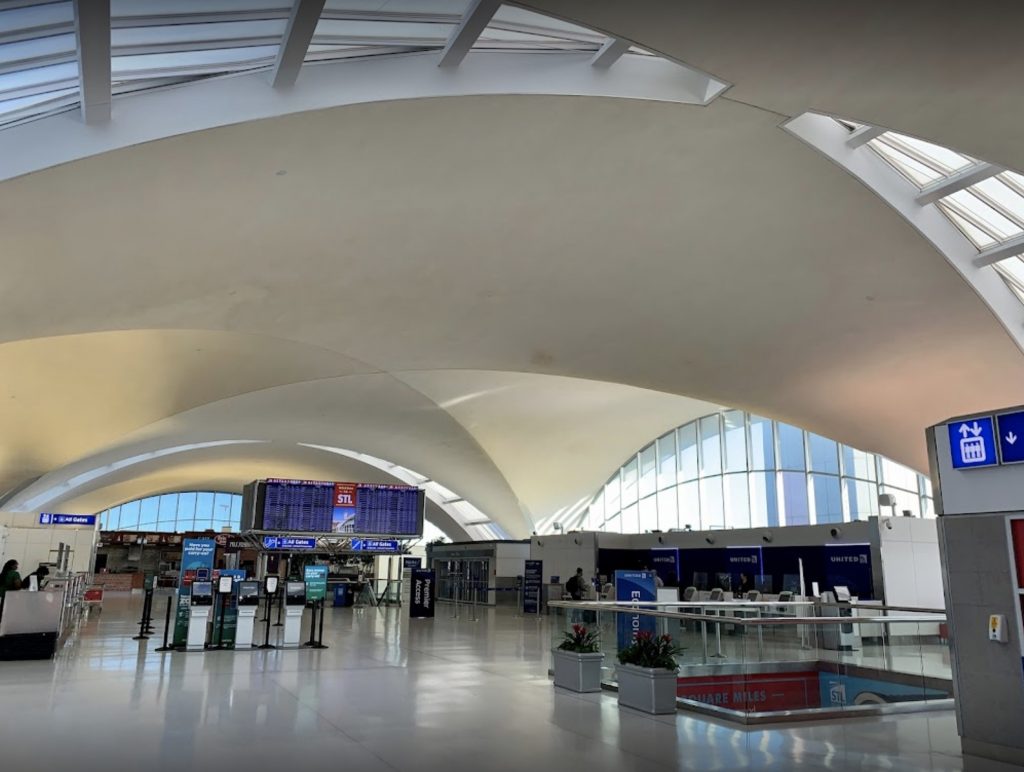
Lambert Airport, St. Louis – Hellmuth Yamasaki and Leinweber This project marked the establishment of
HOK in St. Louis after Yamasaki closed the Hellmuth Yamasaki and Leinweber office there in 1955,
On the way to becoming a founder of HOK in 1955, Gyo’s career included employment at SOM in Chicago (1947-51) and later Hellmuth Yamasaki and Leinweber (1951-1955). This was when Minoru Yamasake, the later architect of the New York’s World Trade Center, designed the Lambert Airport in St. Louis, which opened in 1956. When Yamasaki had to close the St. Louis office because of illness, Gyo and the others who had been working on the project decided to stay and opened their own office. Having a job at the airport until it was completed in 1957 no doubt facilitated the establishment of that office—and their reputation in St. Louis. It was during this early period with SOM and Yamasaki that Gyo Obata gained much of his experience with large projects that would later become so valuable in his subsequent career at HOK. 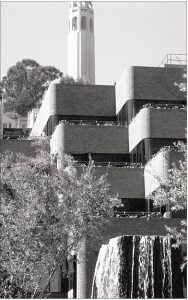
Levi’s Plaza, San Francisco (1982)
Still, large mega-projects were not his only accomplishments. His Priory Chapel (St. Louis Abbey), completed in 1962 in the St. Louis suburb of Creve Coeur, is notable for its parabolic arches. In arriving at this design, Obata turned to the advice of Italian architect, Pier Luigi Nervi, a sure sign that collaboration was always on the plate. Hardly gaining the notice it deserved in the architecture press at the time, the passing of strict minimalist attitudes toward design over the past decades has again raised its profile as an important contribution in the annals of this country’s architecture. 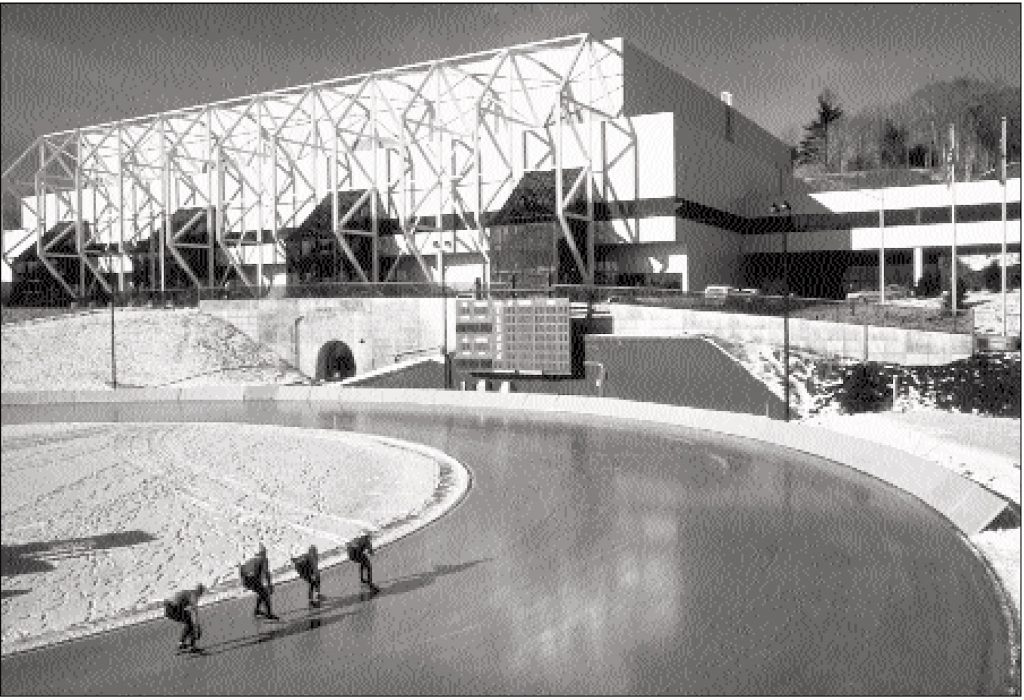
Lake Placid Olympic Arena (1980)
Whether by visiting the Smithsonian Air and Space Museum in Washigton, D.C. or flying into the Dallas-Fort Worth Airport, many have probably unknowingly experienced an HOK project designed under the eye of Gyo Obata. Unlike many firms that focused on one specific building type, from its beginnings HOK demonstrated a propensity to engage in a variety of subjects, whether dealing with infrastructure, housing, courts, or education. Regardless of the challenge, Gyo Obata said that understanding the program was by far the most essential factor in gaining a commission. When designing, the user was always foremost in the back of his mind. 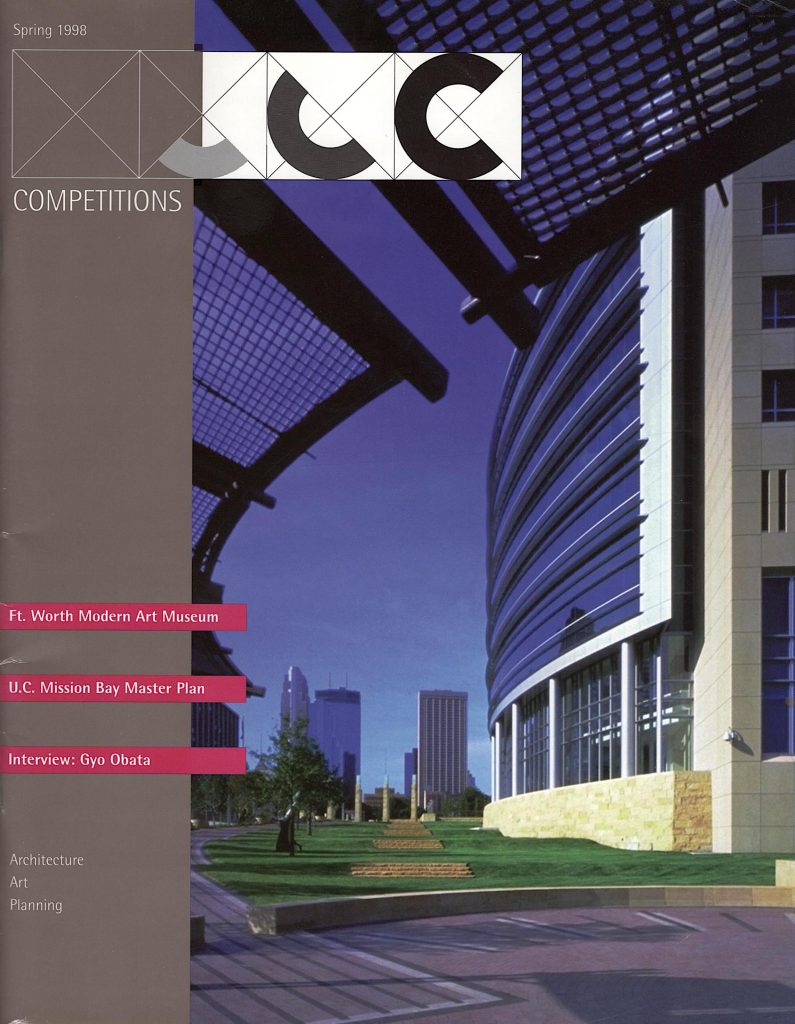
Federal Reserve Bank, Minneapolis, MN Photo: courtesy HOK
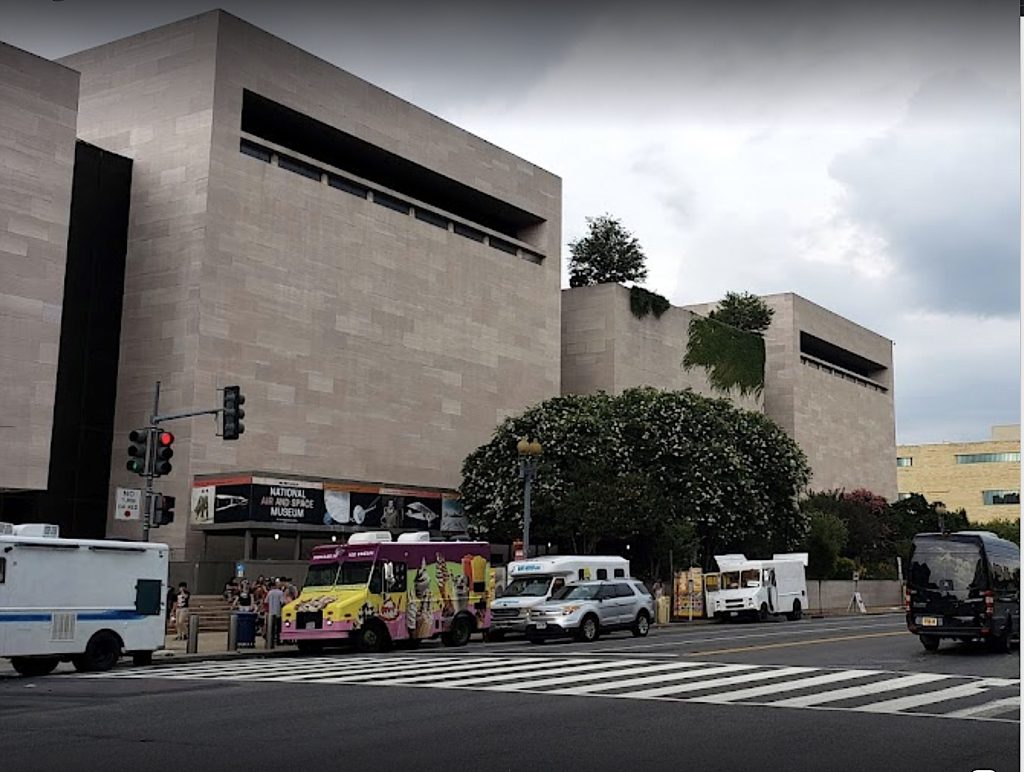
Smithsonian Air and Space Museum (1976) Photo: ©Levi Kavadas (2020)
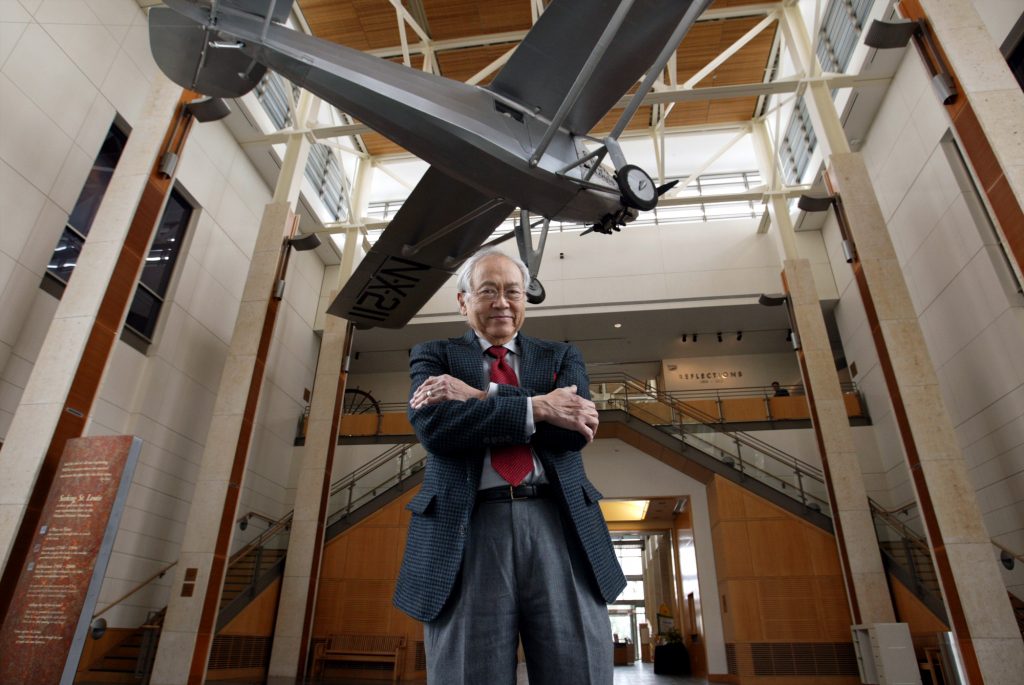
Gyo Obata at Smithsonian Air and Space Museum
While visiting the de Young Museum in San Francisco a few years ago I happened see two of Chiura Obata’s paintings on display. When asked an attending staff members if she was aware that Obata had been in a detention center during World War II, this was news to her. Whether art or architecture, the Obata family’s contributions to those worlds will not die easily. -Ed |
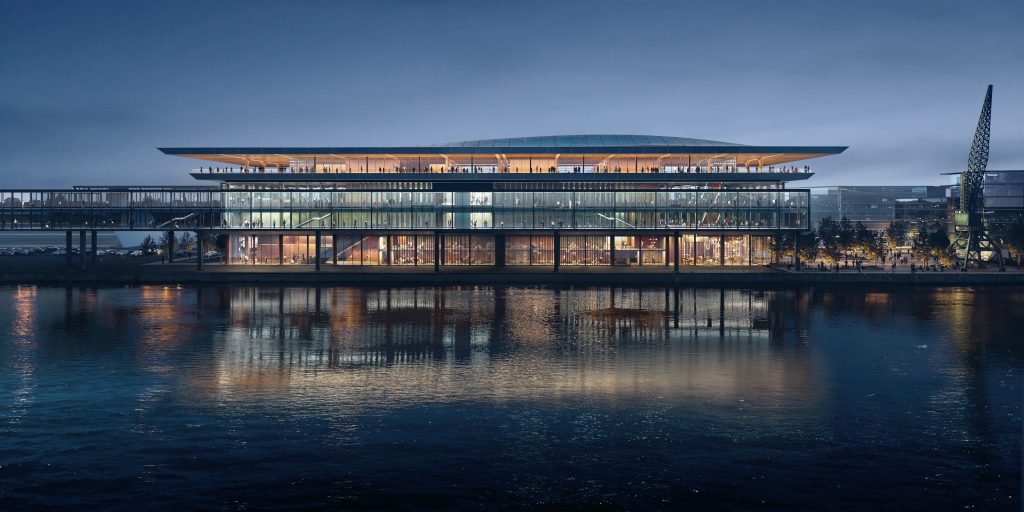
1st Place: Zaha Hadid Architects – night view from river – Render by Negativ
Arriving to board a ferry boat or cruise ship used to be a rather mundane experience. If you had luggage, you might be able to drop it off upon boarding, assuming that the boarding operation was sophisticated enough. In any case, the arrival experience was nothing to look forward to. I recall boarding the SS United States for a trip to Europe in the late 1950s. Arriving at the pier in New York, the only thought any traveler had was to board that ocean liner as soon as possible, find one’s cabin, and start exploring. If you were in New York City and arriving early, a nearby restaurant or cafe would be your best bet while passing time before boarding. Read more… Young Architects in Competitions When Competitions and a New Generation of Ideas Elevate Architectural Quality 
by Jean-Pierre Chupin and G. Stanley Collyer
published by Potential Architecture Books, Montreal, Canada 2020
271 illustrations in color and black & white
Available in PDF and eBook formats
ISBN 9781988962047
Wwhat do the Vietnam Memorial, the St. Louis Arch, and the Sydney Opera House have in common? These world renowned landmarks were all designed by architects under the age of 40, and in each case they were selected through open competitions. At their best, design competitions can provide a singular opportunity for young and unknown architects to make their mark on the built environment and launch productive, fruitful careers. But what happens when design competitions are engineered to favor the established and experienced practitioners from the very outset? This comprehensive new book written by Jean-Pierre Chupin (Canadian Competitions Catalogue) and Stanley Collyer (COMPETITIONS) highlights for the crucial role competitions have played in fostering the careers of young architects, and makes an argument against the trend of invited competitions and RFQs. The authors take an in-depth look at past competitions won by young architects and planners, and survey the state of competitions through the world on a region by region basis. The end result is a compelling argument for an inclusive approach to conducting international design competitions. Download Young Architects in Competitions for free at the following link: https://crc.umontreal.ca/en/publications-libre-acces/ 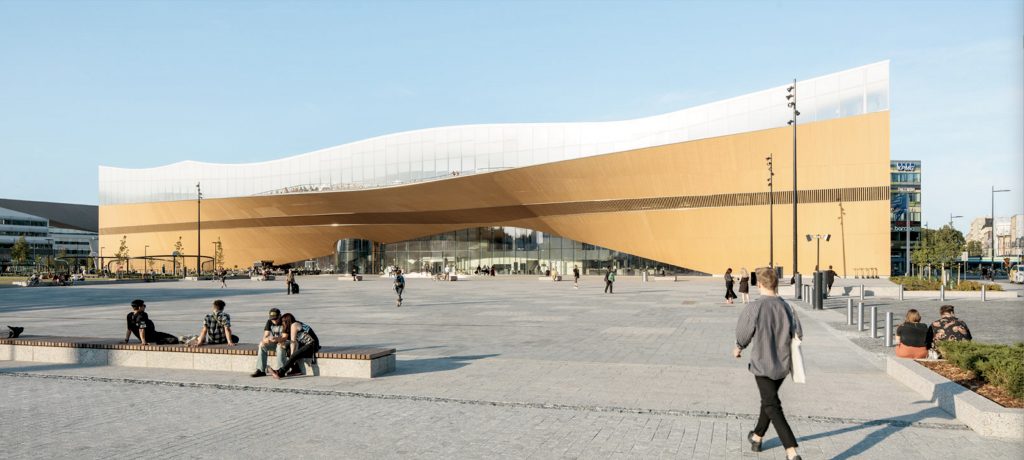
Helsinki Central Library, by ALA Architects (2012-2018)
The world has experienced a limited number of open competitions over the past three decades, but even with diminishing numbers, some stand out among projects in their categories that can’t be ignored for the high quality and degree of creativity they revealed. Included among those are several invited competitions that were extraordinary in their efforts to explore new avenues of institutional and museum design. Some might ask why the Vietnam Memorial is not mentioned here. Only included in our list are competitions that were covered by us, beginning in 1990 with COMPETITIONS magazine to the present day. As for what category a project under construction (Science Island), might belong to or fundraising still in progress (San Jose’s Urban Confluence or the Cold War Memorial competition, Wisconsin), we would classify the former as “built” and wait and see what happens with the latter—keeping our fingers crossed for a positive outcome. Read More… 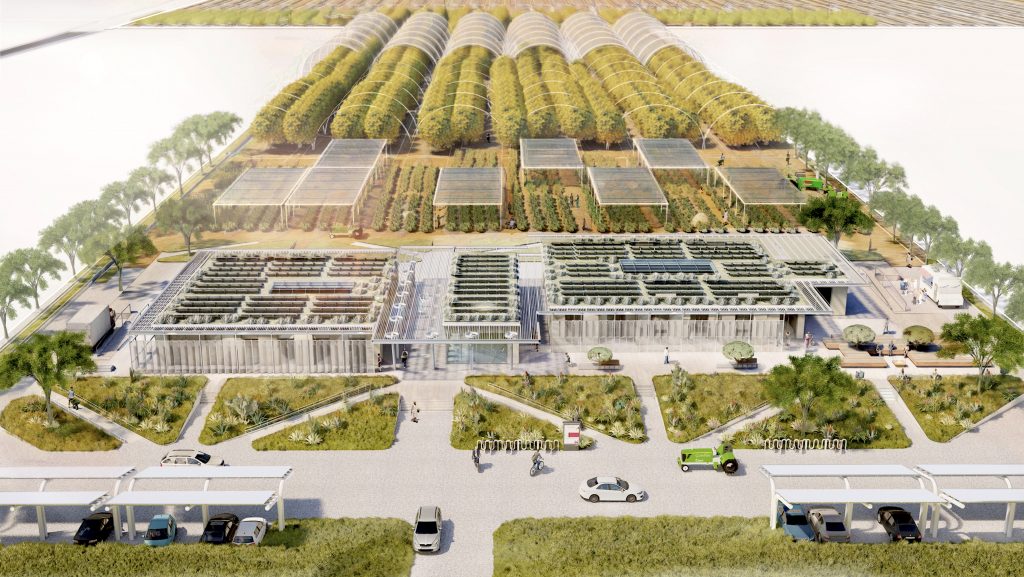
2023 Teaching and Innovation Farm Lab Graduate Student Honor Award by USC (aerial view)
Architecture at Zero competitions, which focus on the theme, Design Competition for Decarbonization, Equity and Resilience in California, have been supported by numerous California utilities such as Southern California Edison, PG&E, SoCAl Gas, etc., who have recognized the need for better climate solutions in that state as well as globally. Until recently, most of these competitions were based on an ideas only format, with few expectations that any of the winning designs would actually be realized. The anticipated realization of the 2022 and 2023 competitions suggests that some clients are taking these ideas seriously enough to go ahead with realization. Read more… 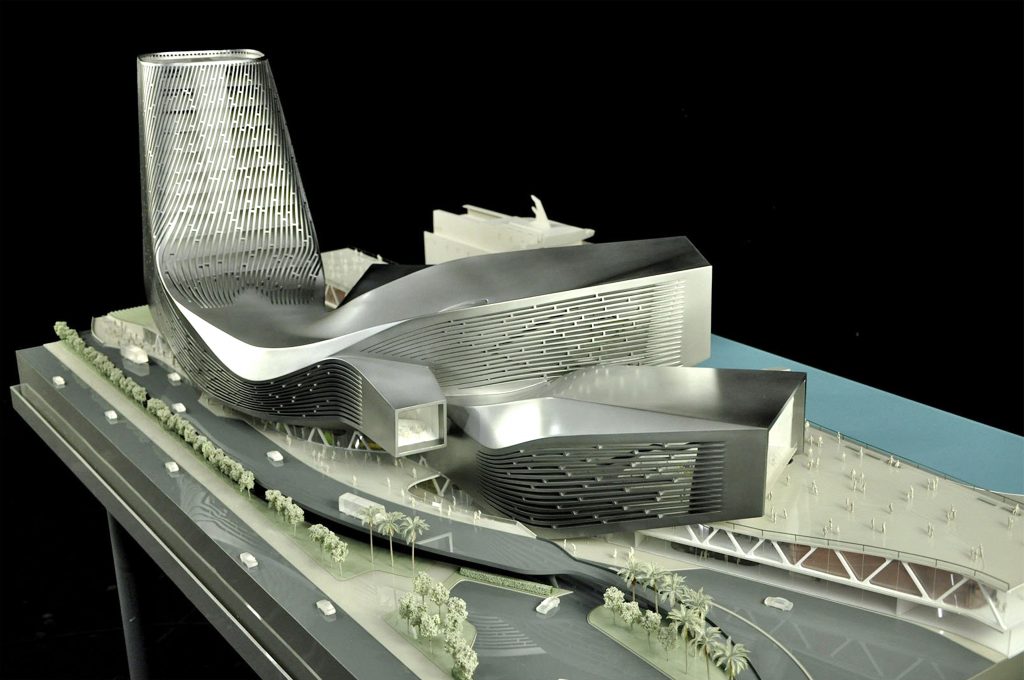
RUR model perspective – ©RUR
New Kaohsiung Port and Cruise Terminal, Taiwan (2011-2020)
Reiser+Umemoto RUR Architecture PC/ Jesse Reiser – U.S.A.
with
Fei & Cheng Associates/Philip T.C. Fei – R.O.C. (Tendener)
This was probably the last international open competition result that was built in Taiwan. A later competition for the Keelung Harbor Service Building Competition, won by Neil Denari of the U.S., the result of a shortlisting procedure, was not built. The fact that the project by RUR was eventually completed—the result of the RUR/Fei & Cheng’s winning entry there—certainly goes back to the collaborative role of those to firms in winning the 2008 Taipei Pop Music Center competition, a collaboration that should not be underestimated in setting the stage for this competition Read more… 
Winning entry ©Herzog de Meuron
In visiting any museum, one might wonder what important works of art are out of view in storage, possibly not considered high profile enough to see the light of day? In Korea, an answer to this question is in the making. It can come as no surprise that museums are running out of storage space. This is not just the case with long established “western” museums, but elsewhere throughout the world as well. In Seoul, South Korea, such an issue has been addressed by planning for a new kind of storage facility, the Seouipul Open Storage Museum. The new institution will house artworks and artifacts of three major museums in Seoul: the Seoul Museum of Modern Art, the Seoul Museum of History, and the Seoul Museum of Craft Art.
Read more… |



































